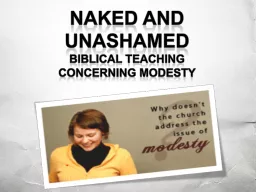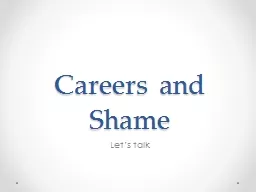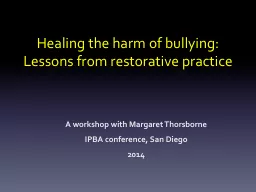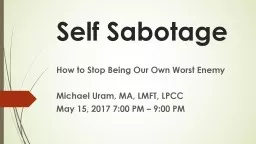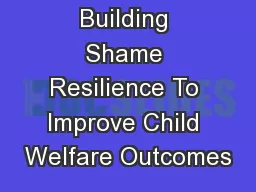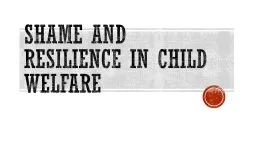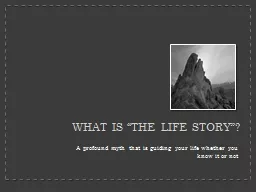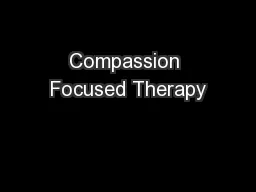PPT-Shame on me, shame on you
Author : tatyana-admore | Published Date : 2018-12-24
Michele Aluoch Copyright 2018 Defining Shame Subjective emotion Linked to perception of identity Narrowly focused Automatic emotional reaction Habitual Loss of
Presentation Embed Code
Download Presentation
Download Presentation The PPT/PDF document "Shame on me, shame on you" is the property of its rightful owner. Permission is granted to download and print the materials on this website for personal, non-commercial use only, and to display it on your personal computer provided you do not modify the materials and that you retain all copyright notices contained in the materials. By downloading content from our website, you accept the terms of this agreement.
Shame on me, shame on you: Transcript
Download Rules Of Document
"Shame on me, shame on you"The content belongs to its owner. You may download and print it for personal use, without modification, and keep all copyright notices. By downloading, you agree to these terms.
Related Documents




